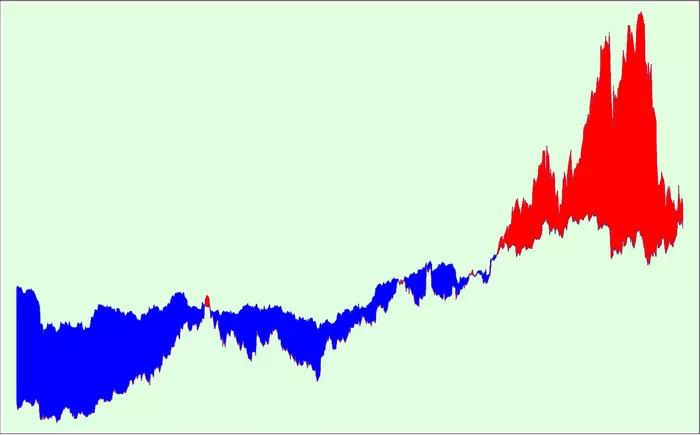Oil prices retreated slightly in early trading on Monday, July 8, amid concerns over the potential impact of Tropical Storm Beryl in the United States.
Brent crude, the global benchmark, dipped 0.2% or 16 cents to $86.33 per barrel for September delivery at 0150 GMT. Meanwhile, West Texas Intermediate (WTI), the U.S. benchmark, faced a steeper decline, down 0.5% or 44 cents to $82.75 per barrel for August delivery.
The focus was on Beryl, which forecasters warned could intensify into a Category 2 hurricane upon hitting the Texas coast later in the day. As a precaution, key ports including Corpus Christi, Houston, and Galveston were instructed to remain closed from Sunday onwards. This closure is expected to temporarily halt crude and liquefied natural gas exports, impacting shipments to refineries.
Looking ahead, analysts suggested that oil prices might benefit if upcoming data shows a further drawdown in U.S. crude inventories. Summer demand has been robust, potentially contributing to another decline in stockpiles, according to IG analyst Tony Sycamore.
Last week, WTI recorded its fourth consecutive weekly gain, buoyed by a substantial 12.2 million barrel decrease in U.S. crude inventories for the week ending June 28—the largest drop since July 2023, as reported by the Energy Information Administration.
Supporting this upward trend was growing optimism around potential interest rate cuts by the U.S. Federal Reserve. Recent economic indicators, such as a decline in the services sector and an increase in initial unemployment filings, have bolstered expectations of rate cuts, which currently stand at historically high levels.
A potential decrease in U.S. lending rates could stimulate consumption, a positive signal for oil prices given the country’s position as the world’s largest oil consumer.
Related topics:



























